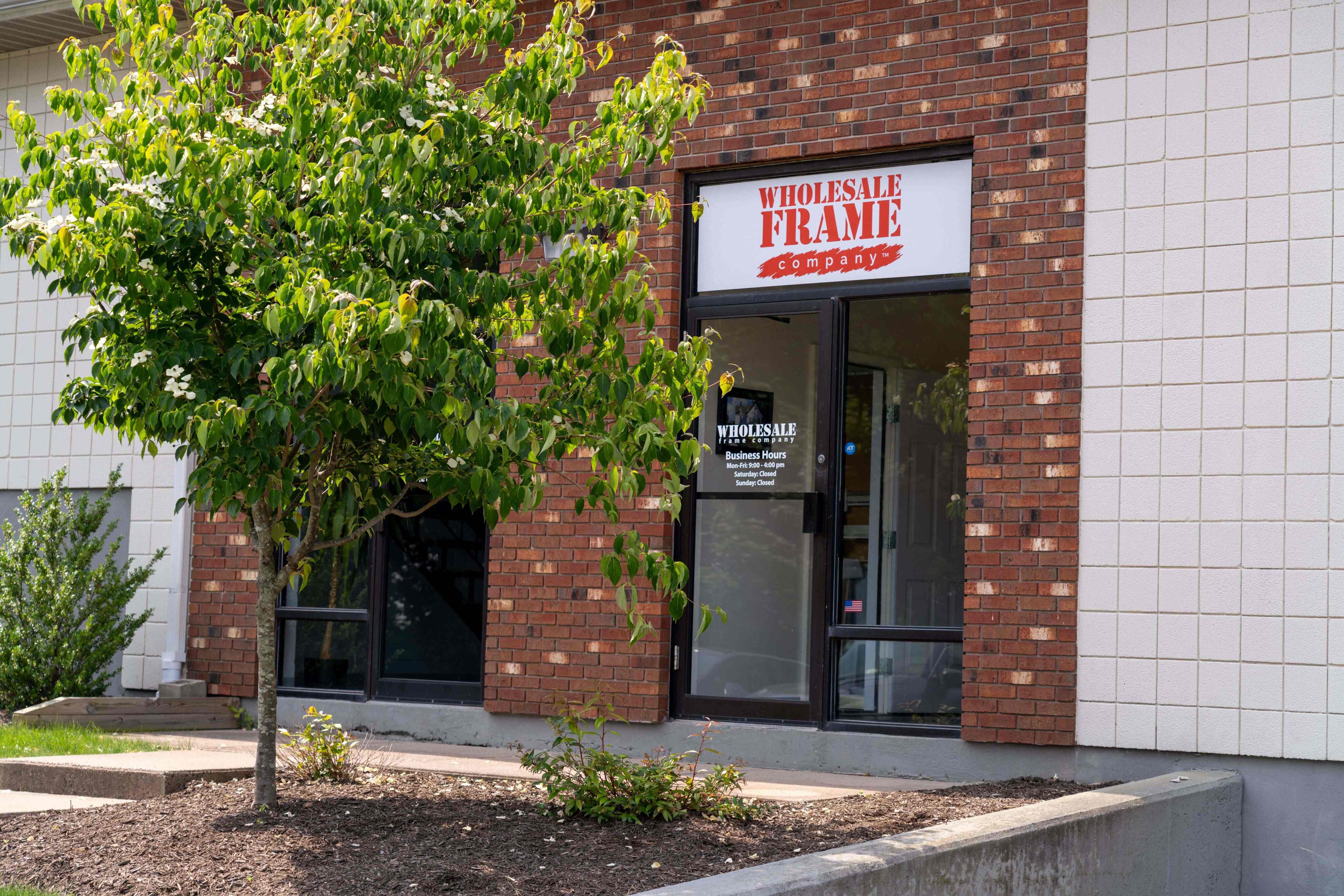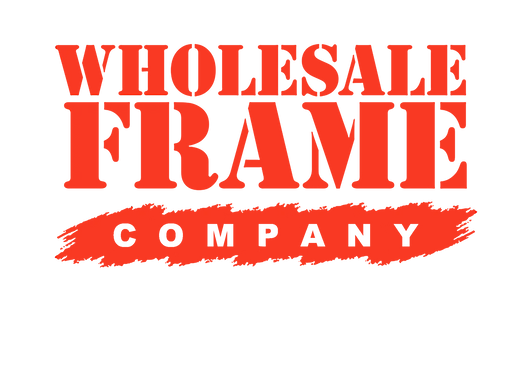
The Power of Perfect Pricing
You're all finished with your masterpiece! Now it’s time to sit back, relax and admire your best work yet. Right? Not quite. It’s time to put your work into a gallery or show and find that patron happy to pay the number on the price tag. Easy… well, perhaps not that easy, but here are some ideas for pricing your work.
- Perhaps the most obvious question, but how large is your work? The larger it is, the more materials you used and the more it should cost. Determining how many square inches can be a good base factor to keep works of varying sizes priced on a sliding scale. Be cautious of large discrepancies. Smaller paintings sometimes need to go up in price to compensate for the variance.
- How is your work framed? Do you need to pay for shipping or transportation costs? When determining what to spend on framing, roughly speaking, you can set a budget of 15%. For example, if you are charging $2,000 for your work, you might want to allow for a $300 framing budget. When selling the framed work in a gallery that takes roughly 50%, that means your work should really be priced at $2,600. When sold that leaves you with a profit of $1,300. Subtract the $300 you spent on framing and you are left with a $1,000 revenue minus your labor and cost of materials.
- Compare your prices to other artists with a similar resume and exhibition history. This is not a perfect system but will give you a better idea for the market value. Also remember to never go down in price even if you are not selling a work though a gallery. This will keep your prices fair for past and future patrons.
Find you “voice” and a consistency to allow for growth and a continued profit. Once you sell a few, the pricing should become easier to assess. A good sign is if you cannot keep up with the demand! This means time to increase your prices and keep climbing the art world ladder. Happy making and a Happy New Year!



